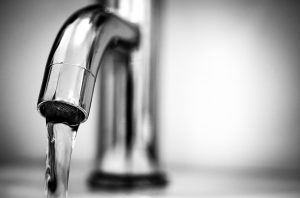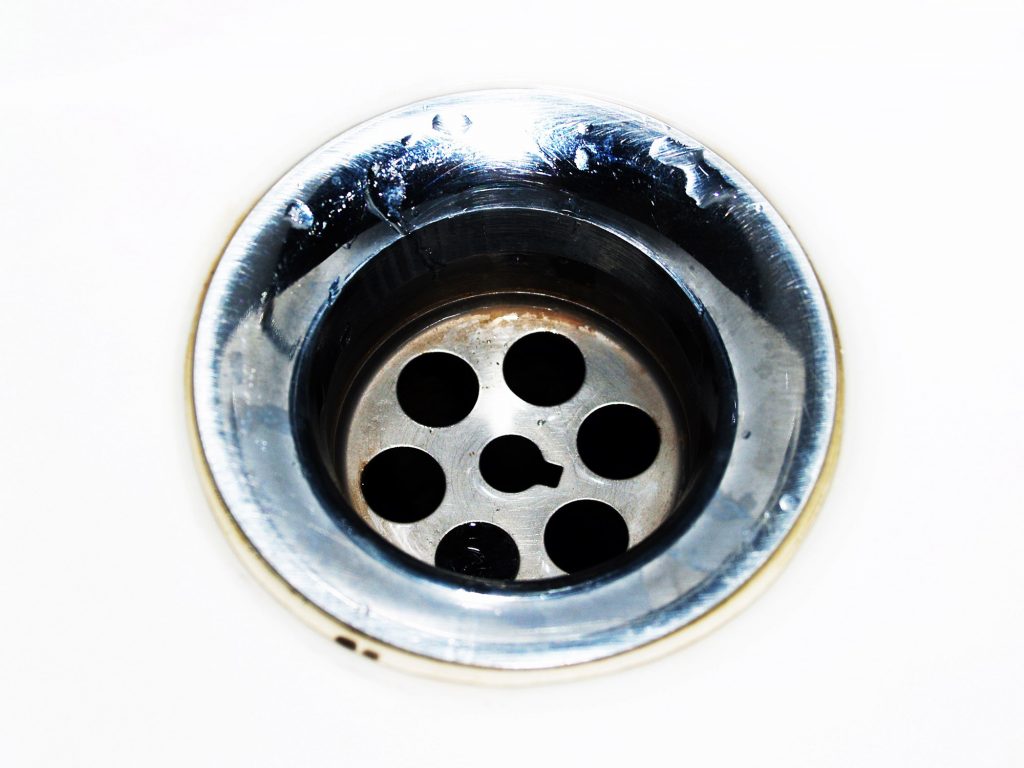It is well known that one day you will experience a slow, clogged drain. Over time your sink drain will clog as a result of build-up from things like hair and toothpaste. Toothpaste clings to the inside of the pipes and will sit there catching debris as it passes by eventually growing large to cause the clog. By carrying out regular cleaning of your PVC will help to prevent this problem.
The toothpaste builds up and causes problems further down the track but there is a few steps to follow in order to clear it out.
Step 1. Run hot water for a minute or so which will help to clear the everyday build-up that is sitting inside the pipework.
Step 2. You can pour baking soda into the plughole then pour vinegar into the plug hole and straight away cover the plughole with something to keep the liquid inside the drain. By combining these to together will cause a chemical reaction that will help to clean the drains. Let it sit for about an hour before rinsing through with hot water.
Step 3. You can use a chemical drain cleaner for the build-ups that are a lot tougher for hot water and bi-carb soda. There are many different chemical cleaners for drain but you need to ensure you sure it as the instructions say to avoid damage to your pipes or injury to yourself. You need to ensure that you use gloves and a mask to protect yourself from splashed and breathing in the fumes.
Step 4. Lemon juice works well as loosen up the toothpaste build-up and will freshen up and odours lingering.
Step 5. You can get a plumber’s snake from your hardware store that can help to clean out debris like hair that may have stuck to the toothpaste and created a clog. Run the plumbers snake in and out of the drain and you will be amazed what you pull up.
Step 6. If you cannot clear the clog it may be time to call a plumber to use professional tools like the drain camera before it gets worse and cause bigger problems.
Another option that has worked for some is using a wet and dry vacuum. It can help with those stubborn clogs. You will need to create a seal for the hose that can effectively suction out your blockages. Set the vacuum to the liquid setting at the highest you can and let it do its job. The powerful suction is strong enough to move the clogs and send it along the way.

If you cannot get to the hardware store to get a plumber’s snake depending where the clog is, you might be able to use a wire hanger. These can be bent to the right angle to put into the drain and the hook on the end will catch any debris lingering to the sides and pull it up.
Sometimes you don’t always need to use chemicals or call a plumber on the first sign of trouble. There are a few things that you can try first to see if they work before calling in the big guns. Try and see what works for you depending on the clog. Often plunging and baking soda will work but if the clog is more stubborn a plumber may be required. Or worse, in extreme cases, the problem lies within the infrastructure construction, so it might be the job of your local governing body.
A Cleaner Alternative
Lastly, let’s talk about the environmentally-friendly alternatives to cleaning the sink that has been mentioned in one of the steps above. They don’t require more energy than its chemical counterpart to clean effectively and are good for the environment. Chemical drain cleaners are harmful to use, highly poisonous, so caustic that they can lead to skin burns. Even worse, they’re not necessarily effective, leaving you with a sink filled with toxic compound water that is topped up by exactly the same clog you started with. By contrast, a homemade drain cleaner can be perfectly safe, not to mention absolutely cheap. To be clear, a homemade cleaner is not more effective than a cleaner, but if neither is going to work, wouldn’t you rather have a sink full of a harmless cleaner than a poisonous one?
And the fact is, you do not always want the potency of a chemical drain cleaner. A slow drain frequently can be cleared with boiling water and a mixture of baking soda and vinegar. If you’ve ever created a model volcano erupt for this particular household concoction, you’ve got a notion of why it works on drains. Baking soda (a base substance known as sodium bicarbonate) and vinegar (a mild acetic acid) respond with each other to make a sweet, bubbly action that releases carbon dioxide. So why not have a little fun while clearing your drain?
Clearing Clogs With a Homemade Drain Cleaner
If your sink (or bathtub or shower) is full of backed-up water, bail out just as much of this water as possible, with a cup and dumping the water into a bucket. It’s nice to leave a little bit of water down in the drain opening itself, but the faucet should be largely empty, so your drain cleaner gets as close as possible into the clog. Furthermore, if you are working on a sink or bathtub drain, remove the sink pop-up stopper or the tub stopper to obtain better access to the drain.






